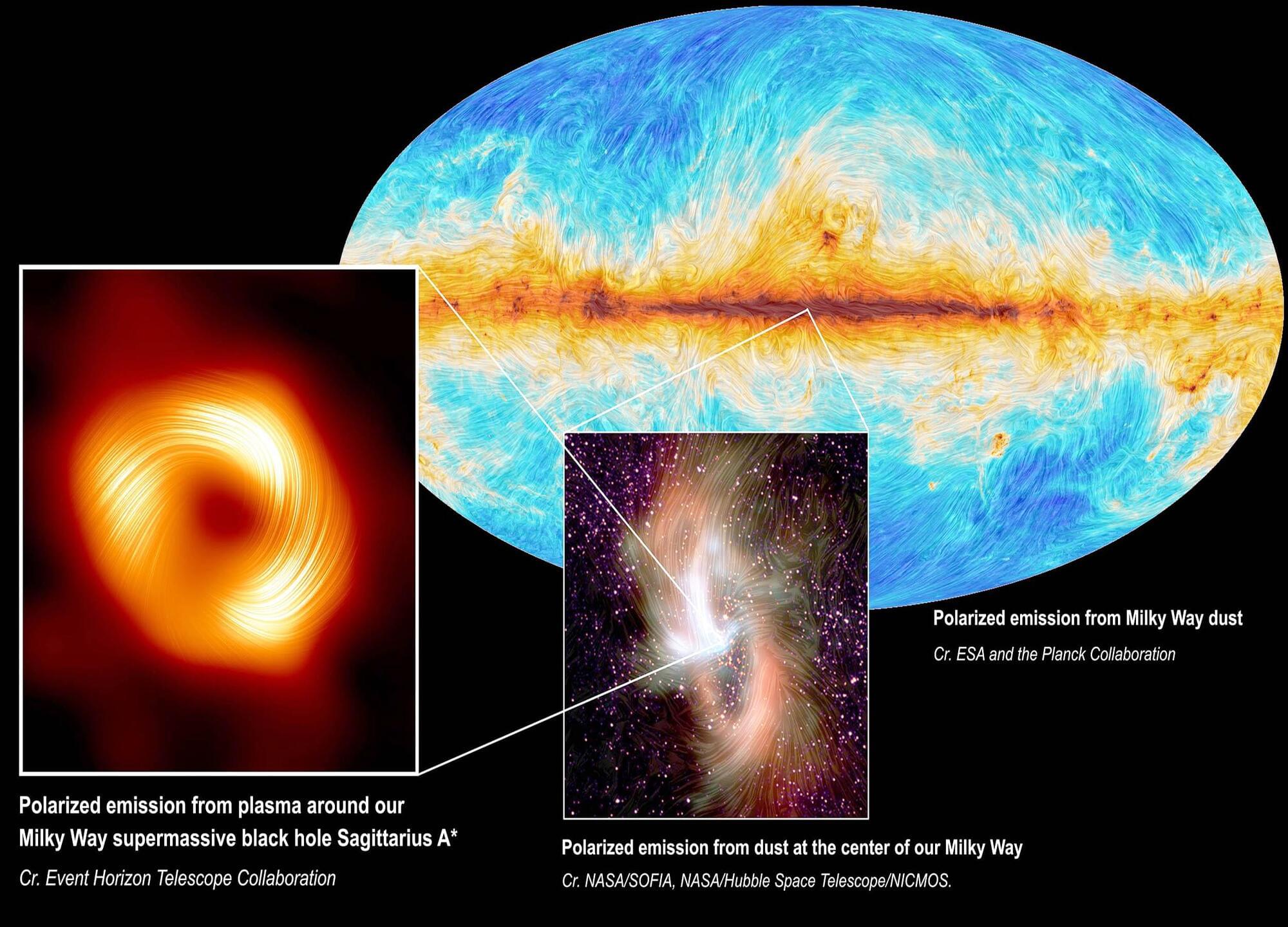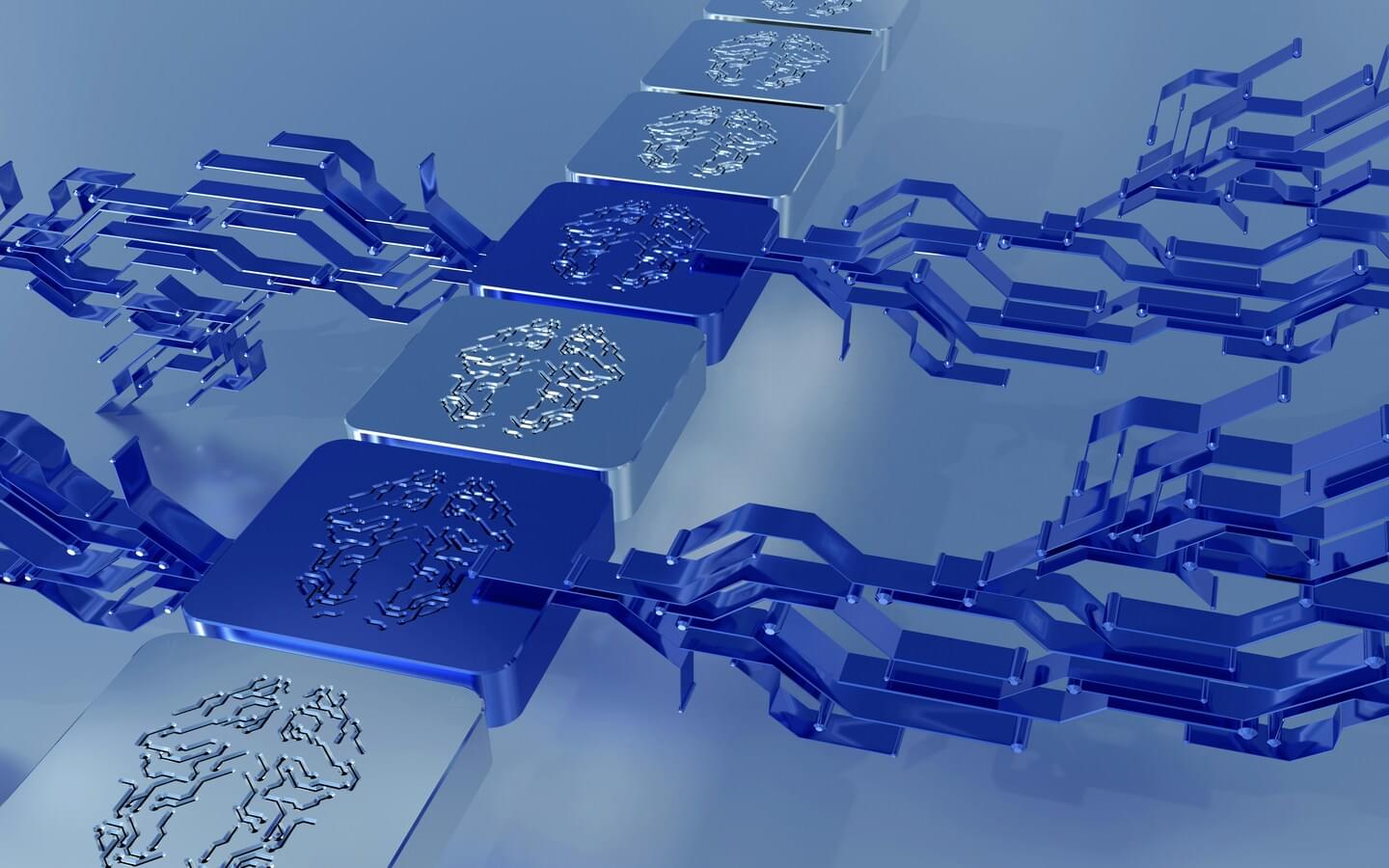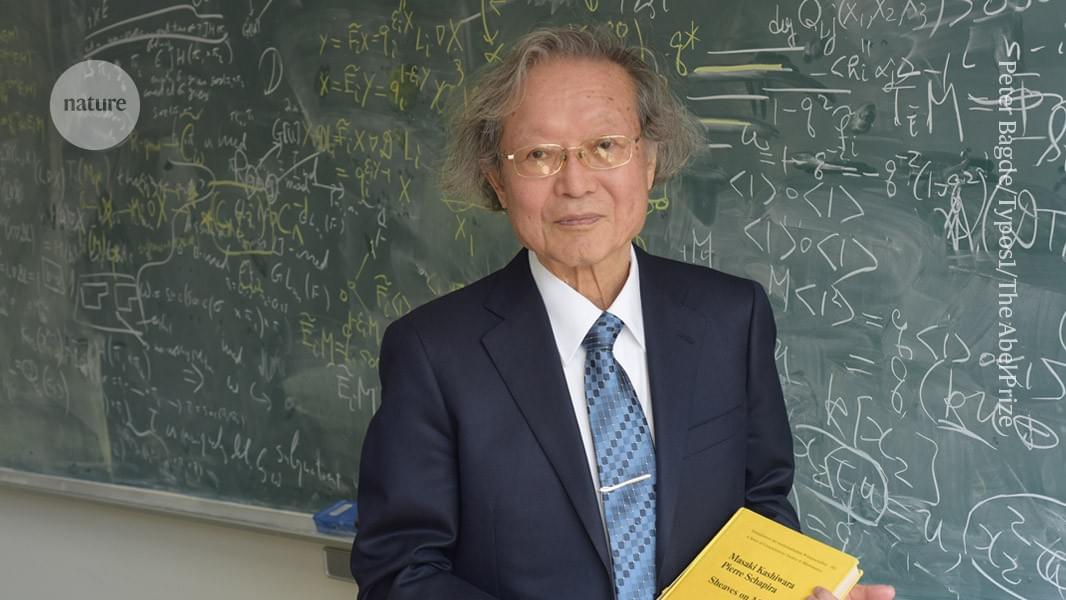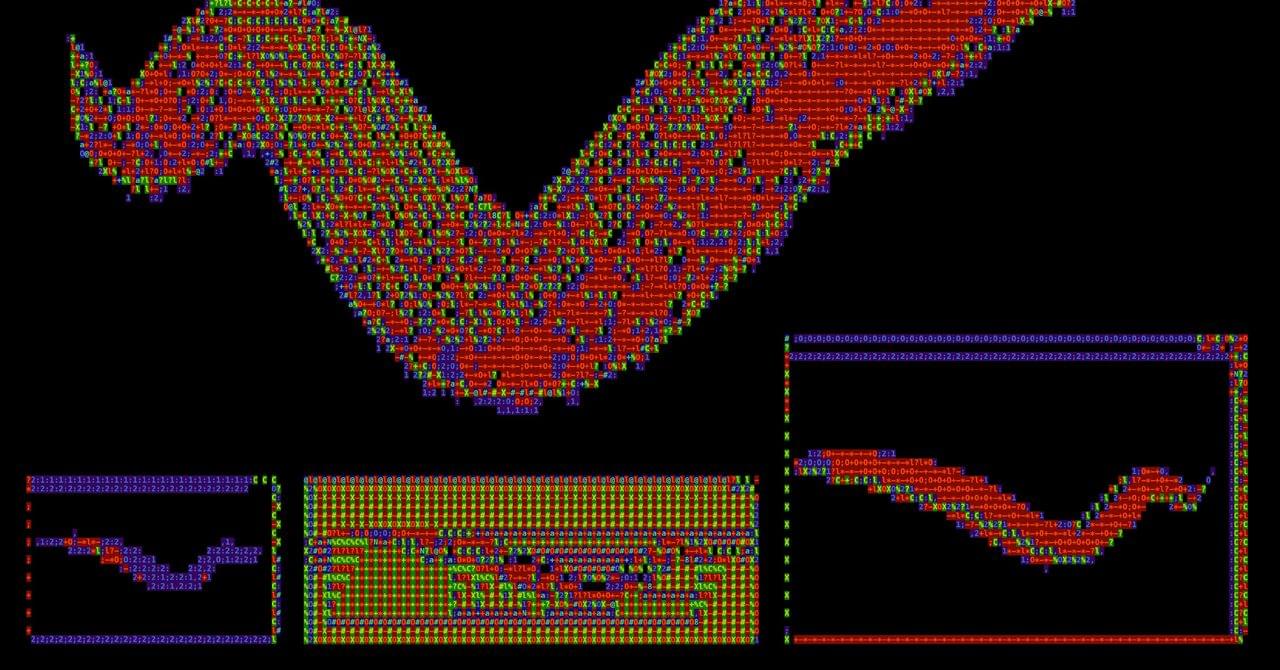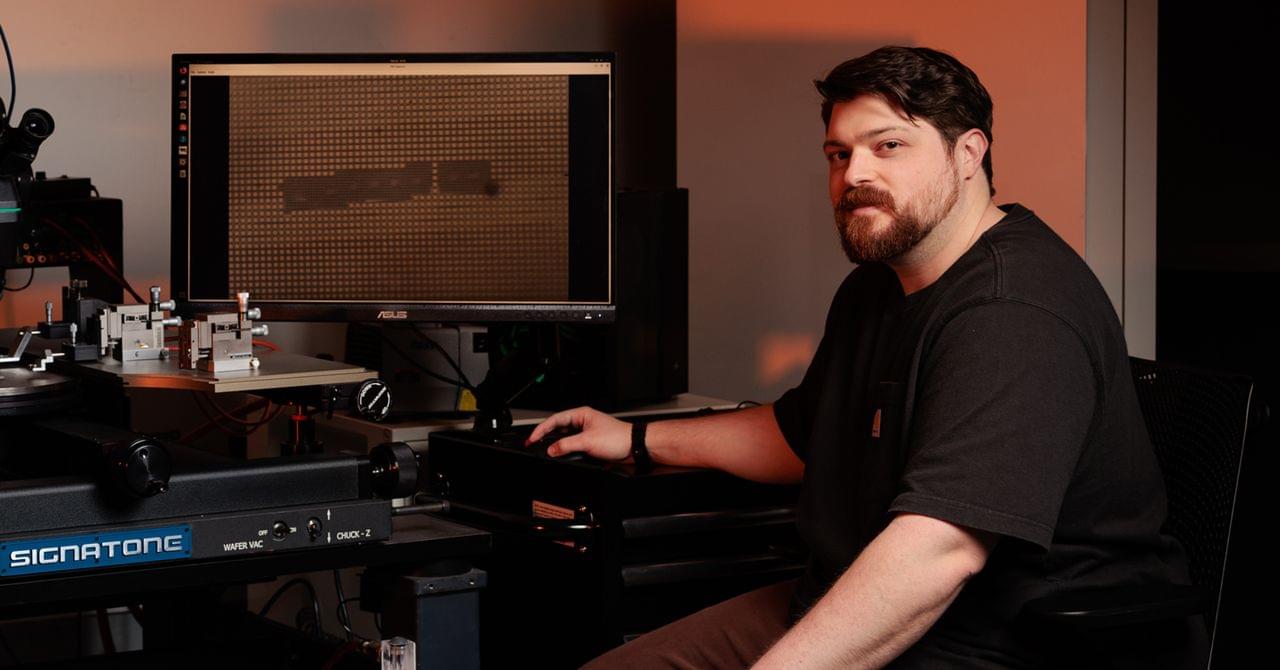Things are looking up for Outbound Aerospace’s quest to build a new kind of passenger airplane. The Seattle startup has raised $1.15 million in pre-seed funding so far, and last weekend it sent a small-scale prototype into the skies over Oregon for its first-ever flight test.
“Over the last month, everything came together, and we went out there and got the plane up in the air, and proved that it flies,” said Jake Armenta, the former Boeing engineer who serves as Outbound’s chief technology officer and co-founder. “So, it’s been a really exciting month or two.”
The demonstrator aircraft — which is code-named STeVE (for Scaled Test Ve hicle) — is a remote-controlled plane that weighs 300 pounds and has a 22-foot wingspan. That’s only one-eighth of the planned wingspan for the Olympic airliner that Outbound eventually aims to build. What’s more, Saturday’s flight at the Pendleton UAS Range in eastern Oregon lasted just 16 seconds. Nevertheless, the test proved that Outbound’s fabrication process could turn out a flyable carbon-fiber aircraft.

